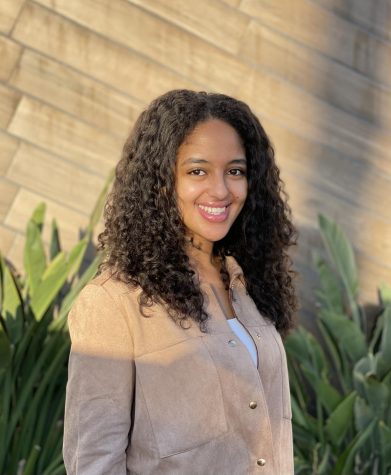College students love Halloween.
Frequently referred to as “Halloweek” or “Halloweekend,” Oct. 31 has become the annual party extravaganza on university campuses.
For many American college students, Halloween has become representative of a time to let loose and have fun. Holding little meaning beyond the realms of a good party, Halloween has lost its significance as a religious and cultural holiday.
Believe it or not, there was a time when Halloween was more than just a party. Much like Thanksgiving and Christmas, the celebration of Halloween has historical roots in religion and tradition that are important for us to acknowledge if we want to celebrate a holiday that is not ours in origin.
As the weekend of Halloween approaches, let’s recognize what our celebration of Oct. 31 represents.
Born out of the region now known as Ireland, Halloween has its roots in Celtic culture. The Celts, who lived roughly 2,000 years ago, marked Nov. 1 to be the start of their new year.
The mark of the new year brought the onset of winter — a season often associated with human death. It was believed that the night before the new year was when the divide between the worlds of the living and the dead became breachable.
Previously known as the festival of Samhain (Sah-win), the night of Oct. 31 represented the dead breaching this boundary and returning to the earth. To ward off the ghosts of the dead, the Celts would perform rituals such as sacrificial bonfires while dressed in costume during this time.
Should these ghosts breach the walls of the darker world, they would be met with gestures of peace through small offerings that were prepared and left by the Celts outside villages and fields. These offerings served as a hopeful act to resist the darkness and death to come.
When the Roman Empire conquered Celtic lands, Samhain was combined with several Roman holidays to form a new basis of celebration. Nov. 1 became known as All Saints’ Day in honor of Christian saints and Nov. 2 became known as All Souls Day — a Christian day to honor the dead.
All Saints’ Day was celebrated similarly to Samhain with bonfires, dancing and costumes, and is said to be a form of Christian replacement for the previous Celtic tradition.
All Saints’ Day was also known as All-hallows Day, and the night before became known as All-hallows Eve to mark the Celtic religious tradition of celebrating Samhain.
Through the celebration of Samhain on All-hallows Eve, All-hallows Eve eventually became known as Halloween, and it was introduced to America.
The ethnic diversity of America created a celebration representative of European religions and ethnicities as well as Native American religions and cultures. Thus, a distinct American version of Halloween began to emerge.
Celebrated through ghost stories, mischief-making and witchcraft, Halloween became a popular holiday amongst the colonies and served as a way to celebrate the harvest.
An influx of Irish immigrants to America brought with them the traditions of wearing costumes and sharing food with neighbors, simultaneously popularizing the holiday across the nation and introducing the traditions we know to be Halloween.
The modern-day celebration of Halloween has lost much of its religious and superstitious foundations. Originally a ritual observance of death and what follows, Halloween has become a holiday focused on candy, costumes and alcohol.
Our role as participants in Halloween festivities presents us with the opportunity to carry out the traditions of another culture. If we decide to do so, we must respect and acknowledge the roots of these traditions in ancient history.
As we take on “Halloweek” and “Halloweekend” in full-force, let us jump in with the superstition, the witchcraft and the spook, celebrating our longstanding relationship between the living and the dead.
Lindsey Anderson is a senior studying rhetoric and writing.








